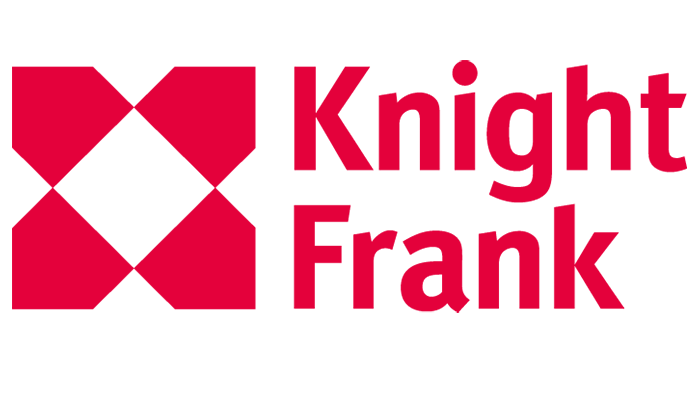Acuity Law partner Jenny Wilde gives the lowdown about incoming changes to The Care Quality Commission (CQC) regulatory regime coming in Autumn 2023.
Sponsored ContentAddressing staff shortage in health and care
According to a report published by The Health Foundation [1], staff shortages represent the single greatest challenge facing the NHS, with an overall supply-demand gap of approximately 103,000 full-time clinical and non-clinical staff across the NHS and general practice. The report points to staff burnout, workload pressures, funding constraints and a rise in the cost of living as being major causes for these shortages. This report comes following discussions at NHS ConfedExpo 2022 [2], which centred around workforce pressures and record high waiting times influenced by the pandemic.

But it’s not just the health sector facing this issue. Shortages are also being seen across other areas of care, with more than nine in ten NHS leaders warning of a care workforce crisis in their area. Staff shortages are being partly blamed on a lack of capacity, and there are warnings that the workforce crisis is posing a risk to patients’ safety [3]. There’s no simple quick fix to these workforce issues, but the need to rethink the traditional approach to staffing is apparent.
Without a magic wand to increase the size of the workforce overnight, changing how current staff are utilised can have a drastic impact. Flexibility is a resounding theme demanded by the workforce, but how does that apply to a shift-based labour force?
Proven to lift pressure off healthcare workers via its all-in-one shift fulfilment solution, BookJane can increase utilisation, flexibility, staff satisfaction and reduce turnover. BookJane can instantly connect shifts to available staff, with the ability to prioritise shifts with criteria-based callouts. Send and receive automatic push notifications and prioritise shifts with configurable lead times. These automated functions are proven to reduce administrative time by up to 90% and allow workforces to address the issue of shortages by utilising their current staff.
Ed Russell, chief executive at WCS Care, says: “BookJane has enabled us to mobilise our existing workforce and provide them with the flexibility and work/life control they want and need. Within the first three weeks of using BookJane, we saw an 85% reduction in agency shifts at one home, and across all locations we saw a 90% saving in administrative time. By implementing BookJane we’ve put control back into the hands of workers, while driving cost savings and efficiencies across the business.”
As the NHS and care staff continue to play a vital role, both throughout the pandemic and beyond, it is vital to acknowledge their dedication and hard work. But with workforce shortages showing no signs decreasing, actionable steps must be taking to support improvements in workforce retention.
Read BookJane’s ‘6 Tips To Increase Your Staff Utilisation’ for advice on how to improve staff retention.
Find out more about BookJane at bookjane.com/uk
[1] NHS workforce projections 2022
[2] NHS ConfedExpo 2022
[3] NHS Confederation press release
This article is sponsored content.
Latest Intelligence
This year's report focuses on the healthcare investment market trends from the past year and covers our thoughts for the year ahead.
Market reportsSubmissions are now open for Knight Frank's Luxury Care Home Guide 2023 - UK Edition
Research


